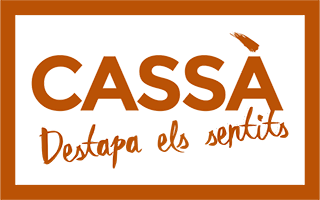A town that comes from afar
Cassà de la Selva’s History
The remains of the Palaeolithic, Neolithic, Bronze Age, Iberian and Roman periods that are scattered around the municipality of Cassà reveal the antiquity of its human settlements. The highlight of all the ancient sites is Puig del Castell (IV-II BC), both for its dimensions and its importance. The Iberian site of Puig del Castell [link to the Iberian village of Puig del Castell], which has been under excavation since 2000, is strategically located on a buttress of the Gavarres, overlooking a large area of the plateau below and all its crossroads.
The construction of an early Romanesque church was what determined the layout of the current town. Urban development in Cassà grew up around the holy ground of the church. The chosen site was ideal since it overlooked a vast plain perfect for farming, was close to the mountains that provided it with the necessary fuel and hunting, and was well connected to the city of Girona and the coast, two nearby locations of great strategic and commercial importance. By the tenth century Villa Ascletos (Esclet), Verneta (Verneda) and the Villa Caciano (Cassà), had been documented, as had the Kastrum de Catiano (Cassà Castle), in the twelfth century, whose location is still a matter of controversy.
Different royal privileges and licenses gave the local population more freedom and independence, such as when Peter III the Ceremonious granted a privilege to the town by which it became a public thoroughfare attached to the city of Girona, or in 1456, when King John II re-established the Municipal Council and authorised the holding of two annual fairs and a weekly market. At this time, the Mosqueroles pond was drained to provide new land to cultivate. This growth trend continued in the following century, evidenced by the grand renovation of the parish church, the construction of remarkable architectural buildings such as Can Frigola and Torre Salvana and the construction of the town's streets, such as the today’s Carrer d'Avall and Carrer Germà Agustí and, later in Carrer Ocata, Travessia de les Mesures, etc.
The construction of an early Romanesque church was what determined the layout of the current town. Urban development in Cassà grew up around the holy ground of the church. The chosen site was ideal since it overlooked a vast plain perfect for farming, was close to the mountains that provided it with the necessary fuel and hunting, and was well connected to the city of Girona and the coast, two nearby locations of great strategic and commercial importance. By the tenth century Villa Ascletos (Esclet), Verneta (Verneda) and the Villa Caciano (Cassà), had been documented, as had the Kastrum de Catiano (Cassà Castle), in the twelfth century, whose location is still a matter of controversy.
Different royal privileges and licenses gave the local population more freedom and independence, such as when Peter III the Ceremonious granted a privilege to the town by which it became a public thoroughfare attached to the city of Girona, or in 1456, when King John II re-established the Municipal Council and authorised the holding of two annual fairs and a weekly market. At this time, the Mosqueroles pond was drained to provide new land to cultivate. This growth trend continued in the following century, evidenced by the grand renovation of the parish church, the construction of remarkable architectural buildings such as Can Frigola and Torre Salvana and the construction of the town's streets, such as the today’s Carrer d'Avall and Carrer Germà Agustí and, later in Carrer Ocata, Travessia de les Mesures, etc.
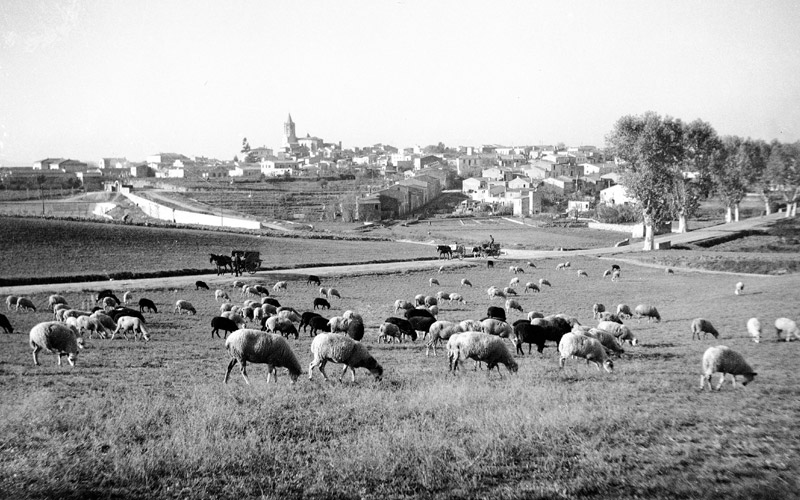
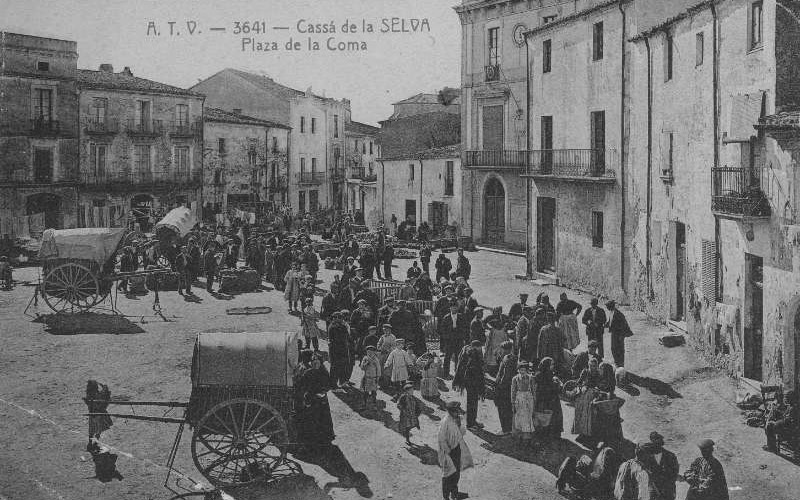
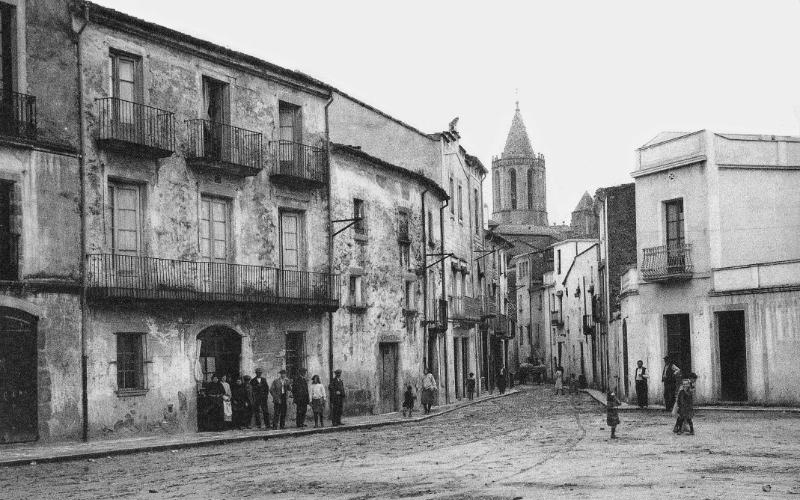
Once the ravages of the War of Remenses of the 15th century had passed, at the end of which nine residents of Cassà were sentenced to death, the town regained its dynamism, and in the mid-17th century it absorbed a significant contingent of French immigrants, while the town core continued to expand with the emergence of new streets (Raval, Puigcugul and Major). Very soon, the introduction and development of a new trade, that of taper or stopper maker (the first documented stopper maker is Francesc Malavila i Marranxa in 1760), would lead to a powerful industry: cork, which would mark much of the modern and contemporary history of Cassà. It is from the 1880s, however, when the golden age of the cork industry begins, which was spurred by the opening in 1892 of the train line from Girona to Sant Feliu de Guíxols, an excellent means of transport for cork and stoppers. The good economy was the driving force behind the population's demographic and urban growth in the 19th century, which continued during the first few decades of the 20th century.
This markedly industrial character of the populace of Cassà favoured the emergence of many associations, notably labour and trade unions, plus educational diversification and the proliferation of music groups. In terms of music, it is worth noting the founding of important ensembles and orchestras such as the Unió at the end of the 19th century and La Principal de Cassà and La Selvatana at the beginning of the 20th century, in addition to the founding of Orfeó Catalunya choral society in 1902. Cassà is a land of musicians, a tradition that culminated and was celebrated when it became City Select of the Sardana in 2000.
Cassà also suffered the effects of the Spanish Civil War. The town was bombed in the final days of the war, with the tragic result of six fatalities. Today, the route Cassà under the bombs allows you to trace the places where the bombs fell and honour the victims. The repression of the subsequent dictatorship ground the economic, social and cultural life of Cassà to a halt, and it was not until the sixties that industry began to diversify and an economic and social dynamism was recovered, with the onset of a very notable stream of immigrants. The coming of democracy gave an important boost to the increased participation of civil society in the socio-cultural and recreational activities of the population, with the recovery of traditions and the creation of new associations such as the Colla Excursionista Cassanenca, a walking group which had a special impact on this aperture and the public played a crucial role in the recovery of written Catalan.
In recent years, Cassà has experienced remarkable growth. The population has registered a sizeable increase, approaching 11,000 inhabitants.
This markedly industrial character of the populace of Cassà favoured the emergence of many associations, notably labour and trade unions, plus educational diversification and the proliferation of music groups. In terms of music, it is worth noting the founding of important ensembles and orchestras such as the Unió at the end of the 19th century and La Principal de Cassà and La Selvatana at the beginning of the 20th century, in addition to the founding of Orfeó Catalunya choral society in 1902. Cassà is a land of musicians, a tradition that culminated and was celebrated when it became City Select of the Sardana in 2000.
Cassà also suffered the effects of the Spanish Civil War. The town was bombed in the final days of the war, with the tragic result of six fatalities. Today, the route Cassà under the bombs allows you to trace the places where the bombs fell and honour the victims. The repression of the subsequent dictatorship ground the economic, social and cultural life of Cassà to a halt, and it was not until the sixties that industry began to diversify and an economic and social dynamism was recovered, with the onset of a very notable stream of immigrants. The coming of democracy gave an important boost to the increased participation of civil society in the socio-cultural and recreational activities of the population, with the recovery of traditions and the creation of new associations such as the Colla Excursionista Cassanenca, a walking group which had a special impact on this aperture and the public played a crucial role in the recovery of written Catalan.
In recent years, Cassà has experienced remarkable growth. The population has registered a sizeable increase, approaching 11,000 inhabitants.
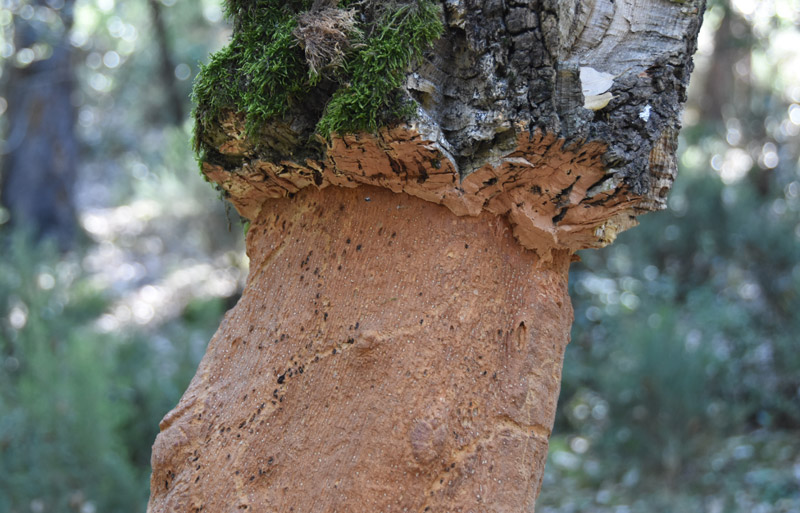
Cork town
Cassà is a town marked by the manufacture of cork, an element that has shaped the landscape, the economy and the traditions of the town and the entire territory.
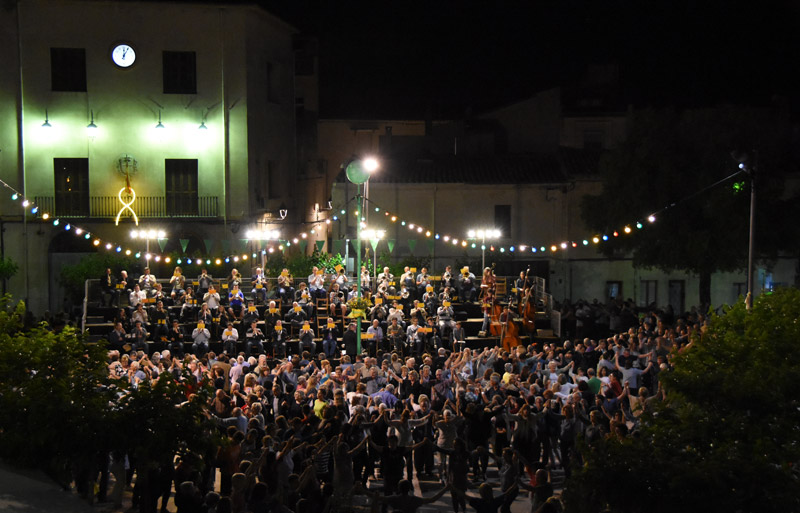
Land of musicians
Cassà has been a land of musicians for more than a hundred years. It has become a point of reference for concerts and cultural activities linked to traditional and modern music.
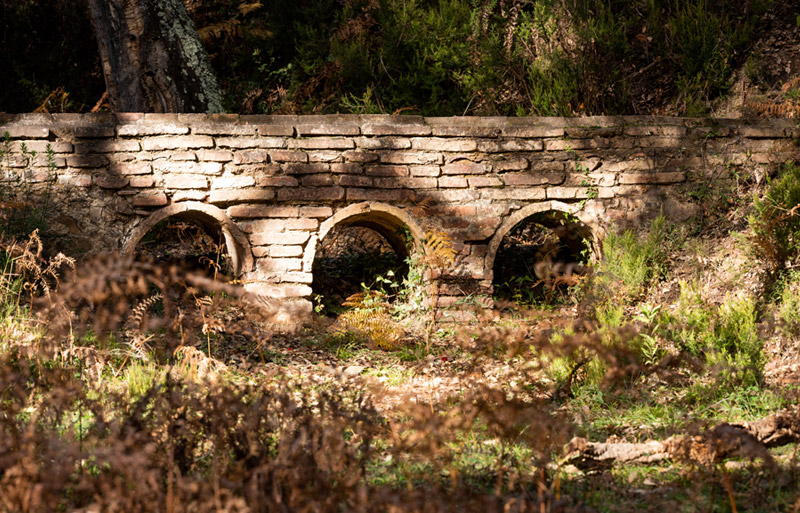
Gateway to Gavarres massif
Numerous footpaths and paths start from the town and enter the Gavarres, forming a network of itineraries that allow you to discover a rich natural and cultural heritage.
